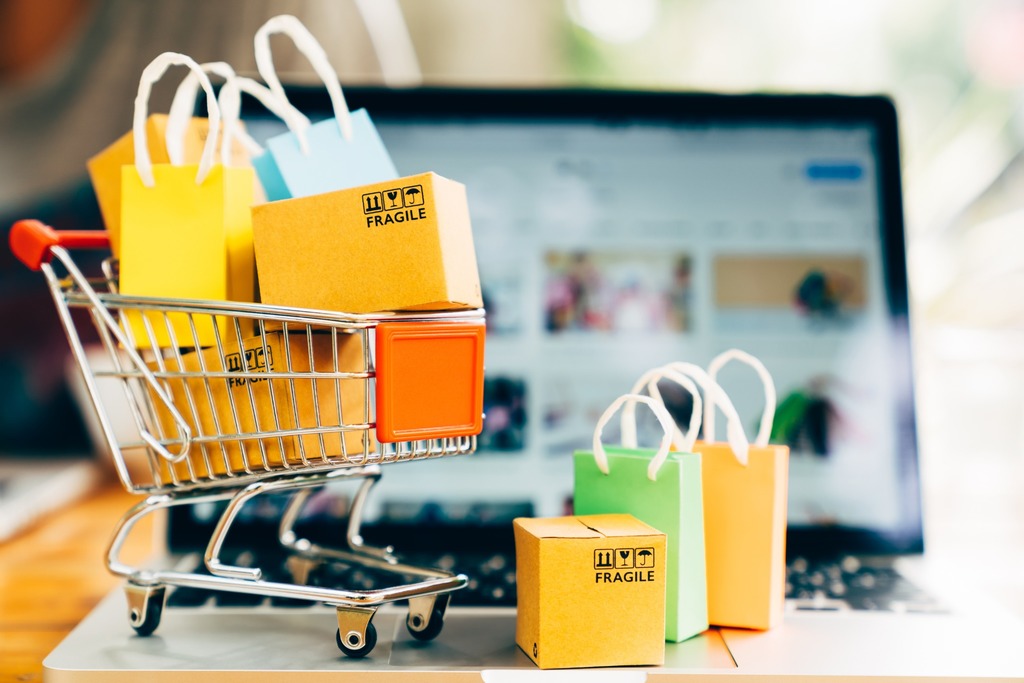
Are We Still Pivoting? An Updated Look at Pandemic Recovery
Spoiler alert: we are nearly two years into life under the COVID-19 pandemic. Remember when schools were going to close for two weeks while things got under control? Me too. Now that we’re here let’s take an updated look at the pandemic recovery for businesses.
Has your business seen a lot of change over the past two years? For better or worse, most companies have had to make some sort of pivot. If you’d like help with your bookkeeping needs, reach out to the Fisher Bookkeeping team. We offer comprehensive services, including Profit First coaching and an outsourced CFO.
Our main office in Portland, OR, works with our satellite teams outside Lexington and Chicago to serve companies around the country. Connect with us to see how we can help your business grow and thrive.
A Quick Look at Pandemic Impacts
Regardless of what type or size of a business you have, the COVID pandemic has undoubtedly impacted you. Some companies saw tremendous growth, while others are still barely hanging on during this time.
Here are a few recent stats that highlight some of the overall economic impacts on businesses in the US:
- Fifteen states saw 30% or more of their small businesses close during the pandemic. This stat includes temporary and permanent closures.
- E-commerce consumer spending rose drastically. March 2021 saw $33 billion more in online sales compared to the same period in 2019.
- The overall US economy is operating at less than 90% of its pre-pandemic levels.
- After peaking in May 2020, unemployment claims have dropped below pre-pandemic levels.
Current State of Pandemic Recovery
So, are we still pivoting? Shifting? Adjusting? Pick your favorite term for whatever we’ve been doing the past two years. The short answer is yes. We are still pivoting in some manner, especially with the recent arrival of the Omicron variant.
Truthfully, we probably will be in some state of shift for a long time. It’s unlikely that the face of commerce will ever look the way it did before March 2020.
With that in mind, here are some of the ups and downs that businesses are currently facing.
Uncertain Cash Flow
As different parts of the country have gone through various stages of lockdown and reopening, business owners have felt like each day is a new roller coaster. Budgets often flew out the window and required total overhauls with each new “normal” that arrived.
Added into the mix are grants, emergency loans, PPP funds, rent moratoriums, and more. These ups and downs have made it challenging for entrepreneurs to plan when they are often simply trying to make it through the month.
The Takeaway: Work closely with your bookkeeper to determine the best way to streamline your budget as the pandemic continues. They can help you find unnecessary expenses, capitalize on income streams, and accurately account for any loans or grants you receive.
The Great Resignation
Americans quit their jobs in droves in 2021. September alone saw more than four million workers leave their employers, accelerating the so-called Great Resignation or Great Attrition. There are many reasons for this, but one of the big drivers seems to be safety concerns. Frontline workers account for a significant portion of those voluntarily leaving their jobs.
Another factor is the long-term effects for those who contracted COVID-19. Even after recovering, the lingering health impact is significant, causing many people to leave their jobs.
Another crucial consideration in this mass exodus is that many workers became fed up with working in so-so conditions for poor pay. They had time to reevaluate their needs and priorities, and many chose not to return to environments they had tolerated before the pandemic.
The Takeaway: Business owners are struggling to fill positions in nearly every industry. To keep up and continue your pandemic recovery, you need to support your employees with good pay, excellent benefits, and thoughtful wellness initiatives.
Shopping Local
Although the pandemic hit small businesses hard, it also caused a lot of consumers to shift how they shop. Many people intentionally sought local companies to support with their dollars rather than big chains.
Small businesses often were able to pivot quickly when the first round of lockdowns occurred because they didn’t have to wait for a large chain of command to take action. Savvy entrepreneurs moved rapidly to e-commerce, curbside pickup, and live online sales. They swiftly built up an authentic and personal social media presence to connect with their audience.
These moves allowed a lot of micro and small businesses to survive and thrive.
The Takeaway: Consumers in your area want to support you. To connect with them, stay on top of things like LinkedIn and your Google Business Profile (formerly Google My Business.) This piece of your marketing is essential whether you are product or service-based.
Online Shopping and Shipping Delays
Once the lockdown began, every business had to create or update its online presence to survive. This pivot was non-negotiable, and it’s not going to disappear.
Even as safety fears have eased a bit at times, consumers have fully embraced the ease of online shopping and home delivery for just about everything. E-commerce exploded during the pandemic and is unlikely to fall back to pre-COVID levels.
This surge in online shopping, combined with the massive labor shortage, has brought about the tremendous shipping delays businesses are now experiencing. Navigating the logistics of the shipping logjam has created a new obstacle for companies. Small businesses have taken the brunt of the damage from this situation as big-box stores have the clout to get their inventory first.
The Takeaway: Your business needs a well-designed, user-friendly website that your potential customers can find. Investing in website upgrades, excellent content, and SEO is crucial. You also need to communicate clearly with your clients and customers regarding shipping delays to avoid as many difficulties as possible.
Additional Income Streams
Many businesses that pivoted successfully during the pandemic did so by finding additional revenue streams. Online coaching and digital downloads became excellent sources of income for a lot of entrepreneurs. Similarly, many business owners found ways to monetize their expertise by becoming speakers for virtual conferences and events.
The Takeaway: Examine all the knowledge you have about your industry and consider ways to monetize it. By adding in other forms of passive or active income, your pandemic recovery can get a boost, and you can protect your cash flow.
Kick Your Pandemic Recovery into High Gear
Even as variants and surges continue to occur, recovery is happening for many companies. If you’d like help making sure your books are in order, the Fisher Bookkeeping team is here to serve you.
We also help business owners thrive through Profit First coaching that sets you up to be profitable immediately. For more information or to get started, book your free consultation today.
About the Author Barb Fisher
Barb is the CEO of Fisher Bookkeeping, an outsourced bookkeeping consultancy that provides small businesses with a full-service financial department. Her favorite aspect of work is to break down the accounting to meaningful bits, so entrepreneurs can make a powerful difference in their own business. She's also a power lifter (squat: 215, DL: 270).






